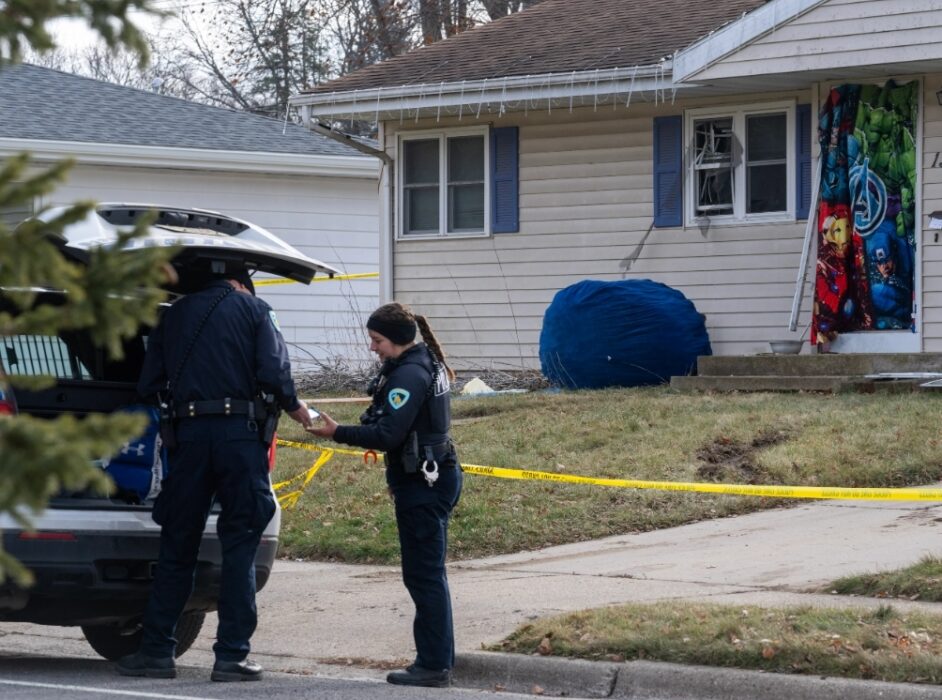In a chilling development that underscores the interconnected nature of modern threats, a 20-year-old California man has been detained by the FBI after allegedly communicating with and plotting alongside the 15-year-old Wisconsin school shooter. Authorities say the man had intentions of carrying out his own mass shooting at a government building, a revelation that casts an even darker shadow over an already devastating tragedy.
The arrest came after a San Diego Superior Court judge authorized a “gun violence restraining order,” commonly referred to as a red flag law. This legal mechanism allowed authorities to seize firearms and ammunition from the man’s home in Carlsbad, California, potentially preventing yet another catastrophe. According to court documents, the suspect openly admitted to FBI agents that he had communicated with the teen shooter in the days leading up to the attack at Abundant Life Christian School in Madison, Wisconsin.
Disturbingly, the man allegedly shared with the girl his own violent plans—an intent to arm himself with explosives and firearms to target a government facility. The specifics of their connection, including how they met and what led to their conversations, remain unclear. For now, authorities assure the public that there is “no threat to the Carlsbad community at this time.”
The Wisconsin shooting itself remains a haunting tragedy. The 15-year-old girl opened fire in a classroom, killing a classmate and a substitute teacher, and injuring six others before taking her own life. Details about her motive are still emerging, though police are combing through writings and potential manifestos that may offer insight into her state of mind. Madison Police Chief Shon Barnes acknowledged the existence of these documents, which reportedly surfaced online, possibly shared by someone claiming to be a friend of the shooter.
The broader picture reveals a deeply troubled teenager navigating an unstable home life. Court records paint a grim narrative: repeated cycles of parental remarriage and divorce, constant custody changes, and a tug-of-war between parents that left her splitting time between two homes every two to three days. Therapy was introduced to help her cope, but it seems the system ultimately failed to address the deeper fractures in her life.
And then there’s the unavoidable question: How does a 15-year-old gain access to a firearm? It’s a question posed by Chief Barnes and echoed in homes and newsrooms across the country. While the details of how she acquired the handgun remain undisclosed, the answer is always tied to a tangle of access points—family members’ unsecured firearms, illegal purchases, or shadowy online networks.
The California suspect's involvement adds another unsettling layer to this tragedy. It suggests not only a shared ideology or grievance between two geographically distant individuals but also highlights the power of digital spaces in fostering these dangerous connections. Whether it was an online forum, social media platform, or some other communication channel, the two found each other, shared their darkest thoughts, and potentially encouraged each other’s violent plans.
This case serves as a grim reminder of the dual crises facing society: the accessibility of deadly weapons to troubled individuals and the dangerous digital rabbit holes where violence can be nurtured and planned. While red flag laws and community vigilance played a critical role in stopping the California suspect before he could act, it’s clear that these tragedies are not isolated incidents but nodes in a broader, deeply concerning web.
As investigators piece together the details—examining digital trails, court records, and psychological profiles—one pressing question remains: how many warning signs were missed, and what more can be done to prevent this cycle from repeating?

